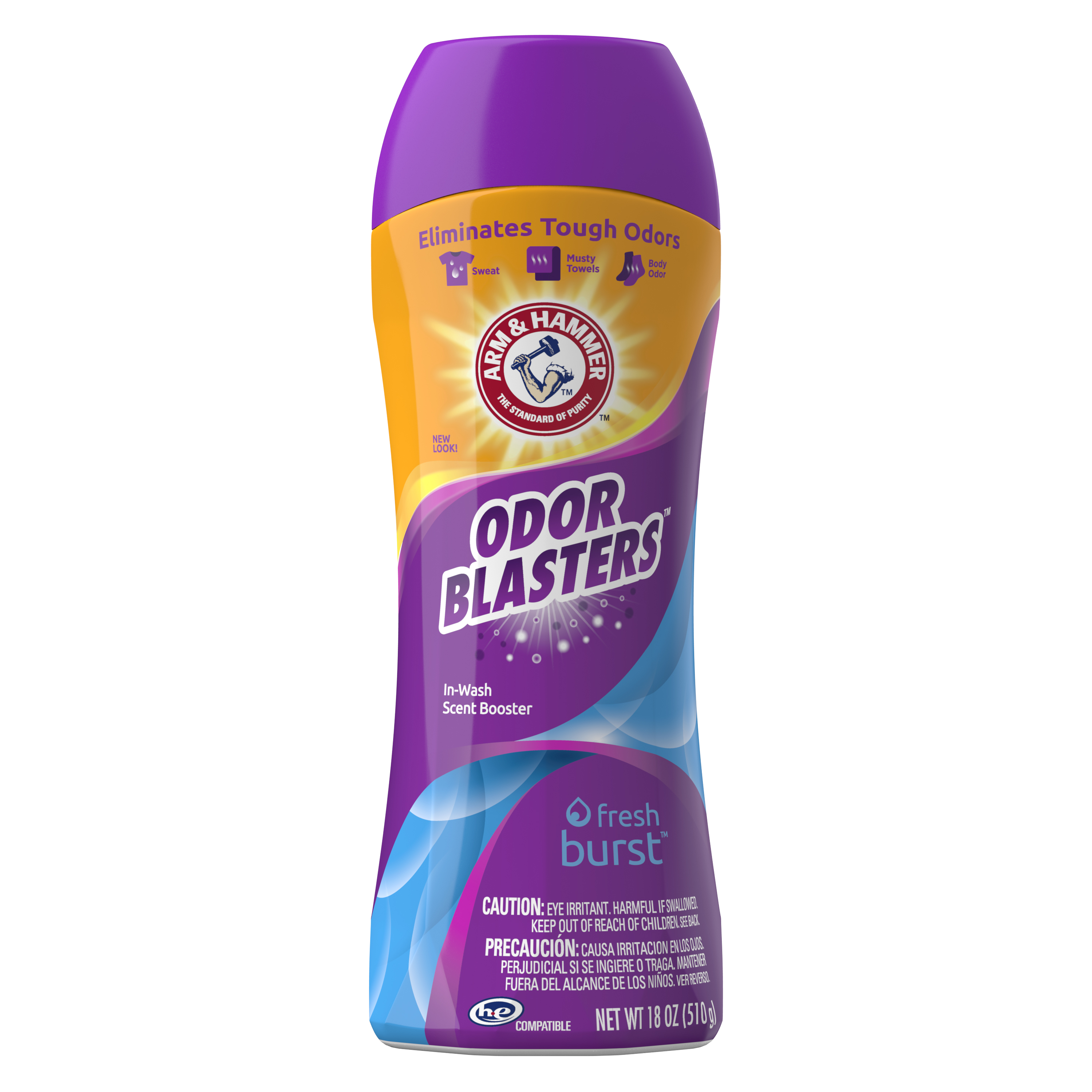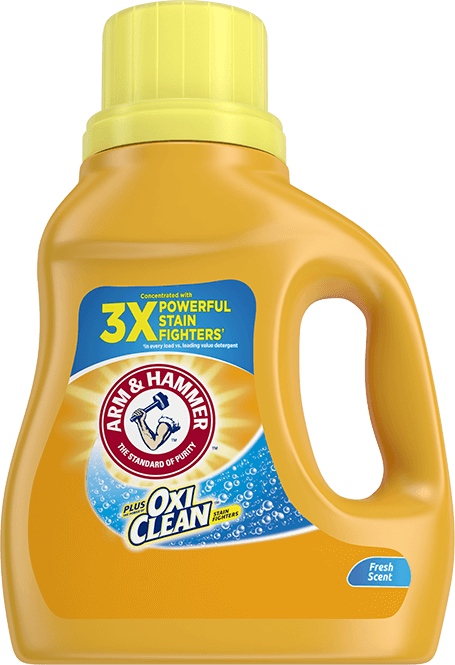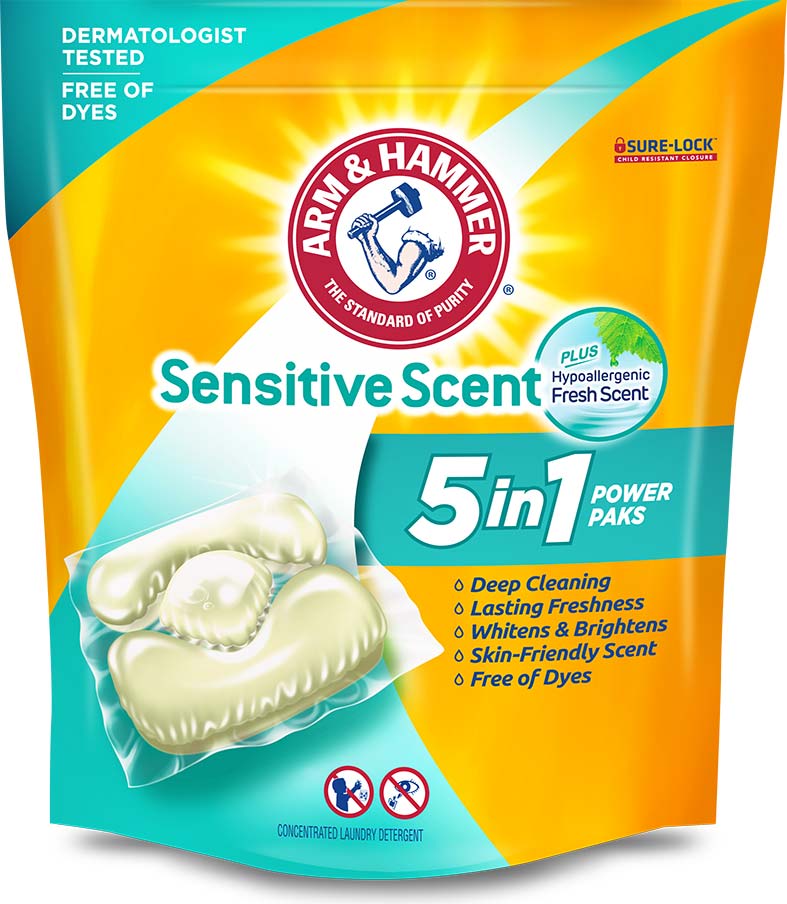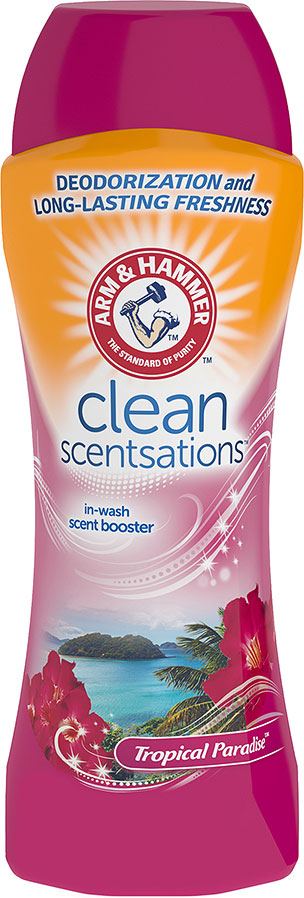A Lesson in Lint: Removing Lint From Clothes & Laundry Steps to Help Prevent Lint

Lint: it’s the laundry buzzword you’ve undoubtedly heard countless times before. Lint also means something different to different people. Some might think of the lint trap in their dryer, while others picture the fuzzy strands clinging to their holiday sweater.
No matter how you define it, lint is a universal laundry issue. And often, simple mistakes can make it worse. We’re going to give you the lowdown on lint, plus washing and drying tips to help prevent lint from accumulating on all your clothes. We’ll also answer questions about the relationship between lint and hair, and address whether lint is really just dust.
What is Lint?
Lint is a loose fuzz consisting of fibers that have become separated from the woven fabric. You can find lint on just about any fabric. This includes items made from organic fibers, like cotton and wool, in addition to items made from synthetic fibers, such as polyester or nylon.
The manifestations of lint appear in different ways. You may notice small, loose strands of fiber that are detached from the fabric. Are your items accumulating more pet hair than usual? You may have lint to blame.
Then there’s dryer lint. Or, more specifically, what you see in your lint trap. It combines the broken threads from fabrics of all colors, yet it almost always appears in the trap as uniform grey. Depending on how much dryer lint your trap catches, this can look like a fluffy gray mass. Alternatively, you might see more splotchy clumps or streaks of the microfibers.
We should make a distinction between lint and laundry pills here. Pilling on clothes closely resembles lint in that they can look like little fuzzies on wool and other fabrics. However, whereas lint is fibers that have separated from the fabric, laundry pills occur when the fibers physically tangle together to form tight knots or balls that remain attached to fabric weaves.
What Causes Lint?
Heat and friction help cause lint on clothes. This can include natural wear and tear over time because of contact with the skin. And, as you have probably experienced, it can also occur from heat in the washer or dryer, plus elements like static cling.
Is Lint Just Dust?
If you have ever emptied a full lint trap, you probably understand how dusty lint can be when it collects. But lint is not dust. Lint can certainly accumulate dust, and vice versa. The friction from heat and previous contact with human skin cells may create some lint dust when the fibers break away and end up in the lint trap. But lint and dust are still two separate things.
How to Prevent Lint on Clothes
The truth is, lint is inevitable. As we stated, heat and friction from wear naturally lead to lint buildup on your clothes over time. Still, there are certain steps you can take to help limit the amount of lint on your clothes.
1. Sort Your Laundry
Sorting your laundry items by fabric type is an important part of the laundry process. Indeed, keeping heavier and lighter fabrics separate in the wash can help preserve the integrity of these items, and separating lights and darks can help prevent lint and color bleeding.
Black and dark clothes in particular can make for lint magnets. It’s especially important to wash these items together to help prevent linting on other items. The following steps will also teach you how to remove lint from black clothes.
2. Fasten Zippers and Buttons
Do you have multiple pairs of jeans or button-down shirts in your hamper? It’s a good idea to make sure all zippers are zipped up and buttons are buttoned before they enter the wash. This can help prevent zippers from snagging and help prevent hard items like buttons from being exposed and creating friction by rubbing against your other items.
3. Use Gentle or Delicate Wash Cycles
Gentle or delicate wash cycles reduce the risk of abrasiveness your items endure in the wash because there is less agitation. It’s a good idea to wash in cold water to help maintain the look and feel of most laundry items when you’re hoping to prevent lint on clothes, but be sure to follow the instructions in your laundry symbols guide.
4. Turn Clothes Inside Out Before Washing
Washing your clothes inside out can help protect the exterior of the fabric from the friction and abrasion that can cause lint on clothes. It can also help to prevent fading and color bleeding.
5. Choose a Low-Heat Dryer Setting
We talked about high heat as one of the primary causes of lint. It only makes sense, then, that you would choose a lower heat setting when tumble-drying your laundry items. This can also help to reduce the level of shrinkage your items see over time. Lastly, consider air drying your items when possible, especially more delicate fabrics.
6. Take Care of Your Washer and Dryer

Cleaning your washing machine can help prevent soap scum buildup and laundry detergent residue on clothes. It can also assist your washer’s efficiency in cleaning clothes and go a long way in preventing lint on clothes.
Taking care of your dryer is another important step. You want to clear your dryer lint trap after every load. This is more essential than you might think. Aside from ensuring better performance, clearing the dryer lint trap can help you avoid the risk of a dryer fire. Excess lint buildup is the top cause of dryer fire because it is highly flammable. So make sure you regularly clean the dryer lint trap after each use.
How to Remove Lint on Clothes
Knowing how to do laundry the right way can be time consuming, and the same goes for removing lint from clothes. But don’t let lint get you down! You can take small steps to help remove lint from clothes so your items look sleek.
1. Use a Lint Roller or Brush
Lint rollers can help to remove loose lint as well as laundry pill balls. You can also try sticky tape and lint brushes. A lint brush uses a fabric cushion mounted to a handle and can help pick up the loose fibers by attracting friction. Many have small bristles and removable handles you can use to easily discard of the lint.
2. Wash with an Enzymatic Laundry Detergent
Enzymatic laundry detergents work well in breaking down complex molecules to help remove tough stains. Additionally, enzymatic laundry detergents work to smooth out fabric fibers. That can help prevent those fibers from loosening further from the fabric weave or tying together.
Turn to ARM & HAMMER™ enzymatic laundry detergents, including:
- Arm & Hammer Plus OxiClean™ Odor Blasters, Fresh Burst™ Laundry Detergent powers out dirt and odors using the power of OxiClean™ Stain Fighters.
- Arm & Hammer Plus OxiClean™ Odor Blasters 5-in-1 Power Paks attack tough odors and can be thrown right in the washer before adding your clothes.
- ARM & HAMMER™ Plus OxiClean™ with Fade Defense™, Sparkling Waters Laundry Detergent beats back tough stains and has Fade Defense™ technology to help protect vibrant clothes and whites from fading!
Try an enzymatic laundry detergent to help remove lint on clothes and power out tough stains and odors! You can also try adding ARM & HAMMER™ Super Washing Soda Detergent Booster to help give your usual detergent an extra lift.
3. Throw in a Dryer Sheet
Some dryer sheets have properties that can help to capture lint and small debris during the drying process. Additionally, dryer sheets can help to prevent lint on clothes by reducing the static cling that can attract lint during the drying process.
Choose from any number of ARM & HAMMER™ dryer sheets, such as:
- ARM & HAMMER™ Odor Blasters™ Fabric Softener Dryer Sheets use Odor Blasters technology to help eliminate odors on clothes and come in Fresh Burst™ and Fresh Botanical scents.
- ARM & HAMMER™ Clean Scentsations Fabric Softener Sheets have a large scent portfolio to give you customization in the fragrance you want your clothes to have coming out of the dryer.
- ARM & HAMMER™ Essentials™ Fabric Softener Sheets have fragrances inspired by nature that help to freshen clothes while also working to soften and reduce static cling.
Having lint problems after washing and drying? Try a dryer sheet!
Leave Lint Behind!
Whether you have a number of dark clothing items with lint or pets that shed and add hair, debris, and lint to your clothes, you can solve the lint problem by being more considerate in how you do laundry. Heed some of our tips for preventing lint, and try ARM & HAMMER™ enzymatic laundry detergents and dryer sheets so you can set a “trap” for lint and keep your items looking fresh!



